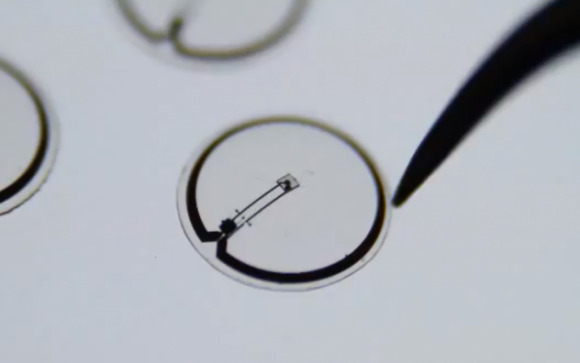Microsoft, U Of W Functional Contact Lens Set To Report Blood Sugar Wirelessly
The University of Washington and Microsoft Research have released information on a project they've been working on for some time now, one that should, if completed, allow those with diabetes to monitor their glucose levels through special contact lenses. After reporting weeks and weeks of tech news without such a thing, it's nice to write about a medical breakthrough that comes in the form of gadget advancements in such an elegant vehicle as a contact lens. Without a doubt, if such a project can succeed, there's no doubt we're in the future – now we just need a pair that'll allow me to see when a can of caffeine will have the best effect.
There's a promotional video for this project that you'll be able to see below, and the folks at Gizmag had a talk with Senior Researcher at Microsoft Research Connections Desney Tan to see what they're all about. This isn't the first set of experimental contact lenses that'd be able to help out those with diabetes make their life simpler, but it's certainly the most advanced. As Tan notes:
"There are now various groups working on non-invasive measurement of tear glucose. Professor Zhang's lab has been largely using nanostructured optical probes embedded in hydrophilic hydrogen lenses, and they've had some successes recently. This required a whole new engineering process, since traditional integrated circuit processes would not work. ...
[We've] only begun to scratch the surface of the opportunities that exist with this type of platform. The most important challenge is really in the deep exploration of all the things not yet imagined with this platform, and new platforms enabled by this new-found capability to create other technology of this form." – Tan
This project is creating what they've tentatively named Functional Contact Lenses, and within them is an enzyme which interacts with tear fluid. As the enzyme reacts, specific measurements are made as changes in current occur, this monitoring done by bio-compatible electrodes on the lens. As this project creeps ever closer to completion, Tan notes that its certainly possible that "as soon as everything is ready" the first models will report information wirelessly to a device inside its range, a device which "could be an augmented smart phone." We'll see about that!

[via Gizmag]
